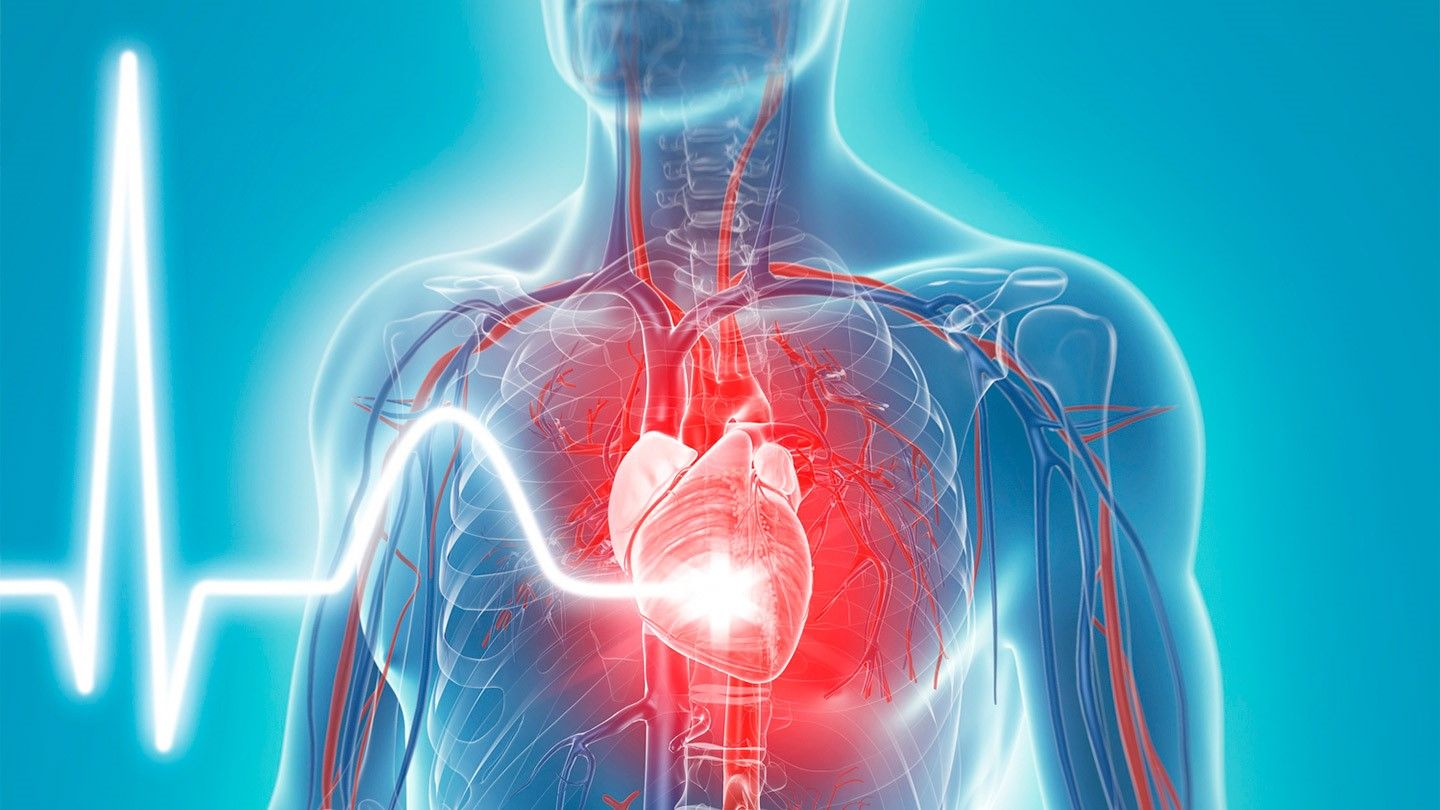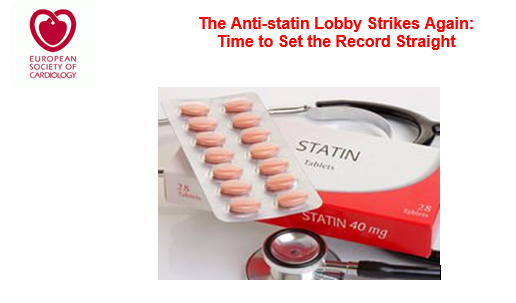
Career paths for cardiologists in industry: pharmaceutical, medical insurance, health technology and management consulting
Cardiologists have opportunities to transition to different roles outside of traditional clinical care. In this article, we describe the potential opportunities for cardiologists in pharmaceutical, medical insurance, health technology and management consulting. We highlight some unique considerations for each industry and discuss a strategic approach to engage in these opportunities.

New AHA Statement on Ischemia After Cardiac Surgery
The American Heart Association (AHA) outlines "considerations" on the management of acute postoperative myocardial ischemia (PMI) after cardiac surgery in a scientific statement.




SUMMARY & CONCLUSIONS - 71ST WORLD HEALTH ASSEMBLY
Global resolution on Rheumatic Fever and Rheumatic Heart Disease adopted at the WHA
Following years of campaigning and advocacy from WHF, our members and the global RHD community, we are delighted to announce that on Friday 25 May, Member States of the World Health Organization unanimously adopted a Global Resolution on Rheumatic Fever and Rheumatic Heart Disease at the World Health Assembly in Geneva, Switzerland.

Bread Might Be The Saltiest Part Of Your Diet, According To A New Study
When you think of salty foods, bread might not come to mind. But a new study shows that it may be a bigger contributor to sodium in your diet than you think.
Even though it doesn"t taste that salty, bread might be delivering more sodium than you think — but it all depends on which kind you eat and how much, according to a new study.
Researchers analyzed 2,000 different breads (including white, wholemeal, mixed grain, and flatbreads) sold in 32 countries around the world and found some shockingly high numbers and wide variation in the salt and sodium levels in breads. The study was conducted by the World Action on Salt & Health (WASH) at the Wolfson Institute of Preventive Medicine of Queen Mary University of London.

The Anti-statin Lobby Strikes Again: Time to Set the Record Straight
The joint Franco-German non-commercial television network ARTE recently broadcast a television programme entitled "The Big Bluff" about the link between cholesterol, cardiovascular disease, and the use of statins. The programme propounded the theory that there is absolutely no relation between blood cholesterol levels and cardiovascular disease, and asserted that cholesterol has become the "ideal villain" in cardiovascular disease through a series of "scientific approximations". In addition, the programme encouraged physicians and patients to interrupt lipid-lowering treatments and statins, in particular, to avoid any blood lipid assessment and last but not least, suggested that the recommendations issued by professional societies such as the European Society of Cardiology (ESC) are inappropriate and influenced by conflicts of interest.

Coffee Consumption and Coronary Artery Calcium Score: Cross‐Sectional Results of ELSA‐Brasil (Brazilian Longitudinal Study of Adult Health)
Coffee Consumption and Coronary Artery Calcium Score: Cross‐Sectional Results of ELSA‐Brasil (Brazilian Longitudinal Study of Adult Health)
Abstract
Background Available evidence for the relationship between coffee intake and subclinical atherosclerosis is limited and inconsistent. This study aimed to evaluate the association between coffee consumption and coronary artery calcium (CAC) in ELSA‐Brasil (Brazilian Longitudinal Study of Adult Health).
CONFERENCE NEWS
CONFERENCE NEWS
https://www.medscape.com/viewcollection/
MOMENTUM 3: HeartMate 3 Improves Stroke-Free Survival at 2 Years
TRIUMPH: Triple Low-Dose Combo Pill a Success in Hypertension
Barbershop-Based Healthcare Cuts Hypertension in Blacks
Music Boosts Exercise Capacity During Cardiac Stress Test

New EHRA Practical Guide on Novel Oral Anticoagulants
A new version of the European Heart Rhythm Association (EHRA) practical guide on non–vitamin K antagonist oral anticoagulants (NOACs) in patients with atrial fibrillation (AF) aims to help physicians navigate various new data — including some just presented last month in the United States — but also a more complex clinical landscape.
"As health care providers get more comfortable using NOACs, treatment of more complex patients, such as the elderly, frail, those with multiple co-medications, is getting increasingly more common. We felt that not only an update but a fully revised version would be appropriate," writing committee chair, Jan Steffel, MD, University Heart Center, Zurich, Switzerland, told theheart.org | Medscape Cardiology.
THE THIRD DAY OF THE FORUM
Today is the final day of the Forum. The scientific program continues until 5.30 pm in parallel 4 halls. The activity of doctors increased, discussions and questions became substantive. Delegates during breaks linger in the halls and behind the scenes continue to exchange opinions with the lecturers. The number of graduate students from medical universities has increased noticeably. Volunteers in each hall and check-in desks conduct a survey on a 5-point system in various areas, including the organization of the forum and the quality of reports and symposia. This will help optimize our work. Participants of the exhibition express their gratitude for the active participation of delegates and lively interest.
THE DIARY OF THE SECOND DAY OF THE FORUM
Today the most motivated doctors and scientists took part in the scientific sessions. The geography of the participants expanded at the expense of delegates from the Crimea and the Donbass.
Within the framework of the scientific program, a Russian-Belarusian Symposium on Comorbidity was held, and by tradition there was an active debate at the end of the meeting. On the second day, along with cardiological topics, symposiums on sports cardiology, osteoporosis, hematology and COPD were presented. Moreover, these symposiums are represented by various medical schools in Russia"s regions from Stavropol to Omsk. The forum was attended by the President of the Russian Therapeutic Society, Academician Martynov A.I.